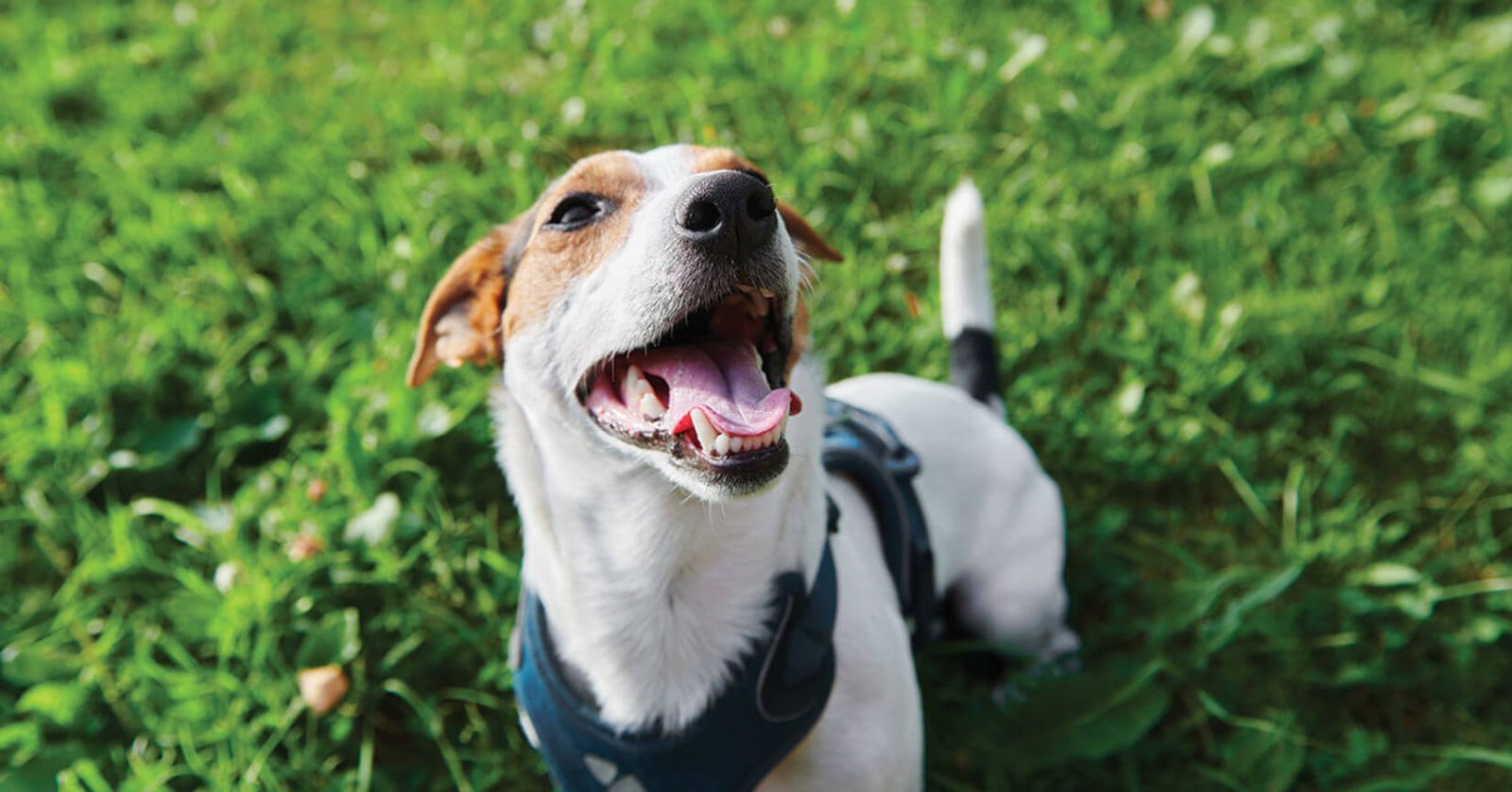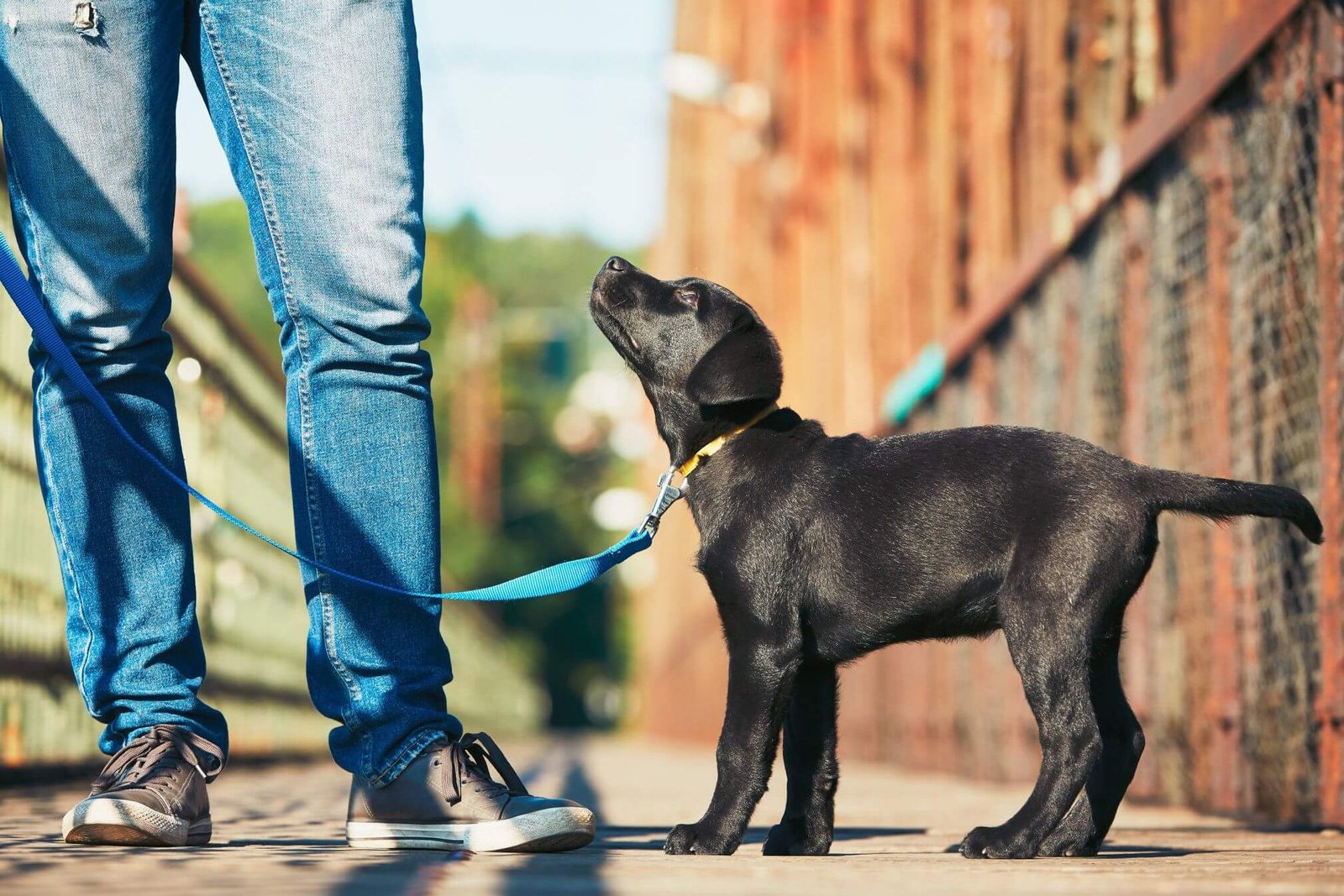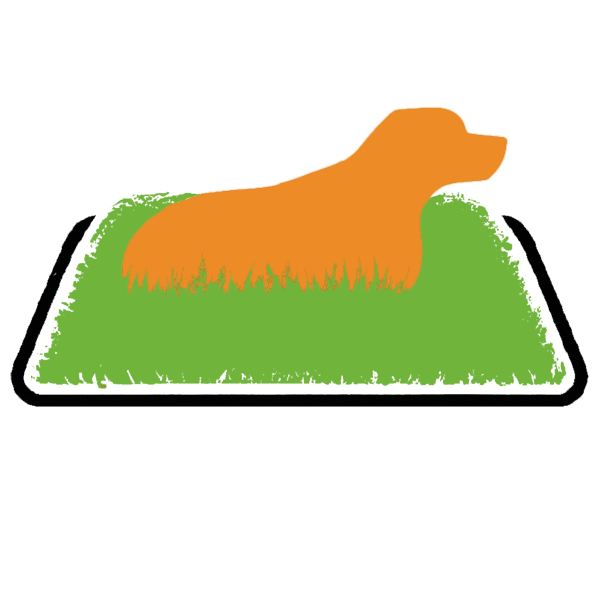Dogs are the physical embodiment of natural joy. However, they must do their “business” much like another animal. They also gamble with your new 4-legged friend. It is essential to start potty training as soon as possible. Potty schooling can sometimes be irritating, but there is no cause to make it harder on yourself than you want to. If you’re worried about a brand new pup, you will want to take some time to take different canine training classes like this one at the local association.
The quality of life of any dog may be affected by several things, including diet, exercise, rest, and veterinary care. As a pet owner, you must ensure your canine enjoys the best life possible. To find out the most effective method to potty train a dog, you’ll need to know the following:
- Where your puppy needs to go.
- How often do they have to go?
- What kind of substratum do they use and why.
- How long until they learn.
The subsequent article offers some recommendations on how you should start working with your new four-legged friend. The first thing to consider is where your pet needs to go. If they have a tendency, they can potty in your home, but if they don’t, you should invest in an excellent outdoor containment area. Various products are available on the market with varying prices and levels of quality. The best option is one with solid walls and roofs that are easy to clean up any messes that may arise. In addition, it’s essential to ensure enough shade for their comfort and an open door or ramp for them to come in and out of easily.
You may like the Outward Hound Dog Kennel with a Door. The next thing to consider is what your dog will tolerate. If they have a history of digestive issues, it’s best not to feed them anything that would make them sick, such as grapes or raisins. Instead, opt for small bits of plain meat or cheese, hard-boiled eggs, and unsalted almonds.

We’ve assembled a listing of the maximum standard and effortlessly constant burglary errors you are probably making. With a few tweaks to your training ordinary, you may end up with a happy pup or even happier floors. Problems You Might Be Making 1. You’re not teaching your dog to come back off its belly when they’re on its stomach. They will chase something, and then you will wait for them to understand their mistake. This is a massive error because if this happens repeatedly, you will have difficulty getting them to return appropriately when they need to return.
Your puppy might be getting some incorrect cues from you if you’re the only one who ever does this with your pup. Be sure to work in a few different voices of people, like children or other dogs, and even other animals like cats or horses or cows, before your pup learns not to react strongly to them. You may be accidentally teaching your canine that it is possible for them to do as they please when you are with them so long as they are by themselves and not following any rules at all. This can happen because you aren’t paying enough attention to them when they aren’t doing anything, but they still feel like they can go after their interests, which is not how dogs are supposed to behave.
You’re giving your pup too much freedom.
No person wants to be a helicopter figure, but with new puppies, preserving a close eye on them is essential. It only takes a second for your canine to wander away and feature a coincidence within the house. Consistent supervision is needed when housebreaking your puppy, so do not take your eyes off them for a minute! It is essential to watch your puppy closely while they are housebreaking, so ensure you’re not taking your eyes off them for just one minute. A significant part of housebreaking is getting your dog to understand their boundaries and what’s off-limits in the home. This can be achieved through consistent means of supervision and command stimulation.
When training the pup, it’s essential to provide proof that what you’re telling them is true. Use a marker that differentiates between areas of your property safe from peeing versus unsafe places and use it to reward or punish when needed. Remember that this process requires persistence; your dog will not want to come inside for the first week or two. The following are good guidelines for housebreaking your new pet: Don’t take away access to resources (food, water, toys, beds) that they can use as self-rewards. Remember that they may have had little to no exposure in a garage or outdoors all their life and will not understand the difference between “outside” and “on furniture.”
Give it time. It may take a week, but eventually, you’ll get them on board with coming inside more often. Do not push the issue with your “you’re coming inside now” demands, as it will only backfire.- When introducing a new pet to your household, remember that it’s okay for them to have accidents outside of their litter box and that they’ll need some time to get used to using an indoor litter box instead of the home’s outdoor area.
– Don’t give up on your pet immediately; take a week or two off and try again later.
– Don’t punish them if they make mistakes; continue to go outside when you want them indoors. It’ll lead you down a wrong path, so try not to punish them.
Crate education will assist you in realizing wherein your pup is and what they’re doing. Maintaining your dog in a crate or playpen simultaneously, as you can’t watch them, especially at night, will help you potty educate your puppy quicker and keep away from accidents all around your home.
You also might put a puppy gate in place with frequent footfall or use your playpen to create off-limits zones in your home to ensure that they don’t go off-leash. So, crate education might help you to stop your dog from peeing and pooping at home. But it may also make it much harder for you to handle your pup when they’re out of the house, for example, at a campsite or during a walk.
Pay attention to clues and cues.
Your pup will genuinely let you know after they have to pee. Positive, they won’t say it. However, their bodies will. A distracted dog, or one who wants to get lost, probably has to go potty. Because you can not reasonably cover every square inch of your house in doggy pee pads, the better opportunity is to pay attention to your dog’s cues genuinely. Sooner or later, the dog will equate their want to pee with your response. From there, they will companion the line by going to the ideal place to potty. Puppies typically need to eliminate once or twice a day.
Non-stop if you have left them alone all day and they didn’t have an opportunity to stop before you came home. This is also true for older dogs. However, as soon as they reach six months, their bladder and bowel actions will regulate themselves so that they only eliminate once a week. This can be changed by diet, exercise, and age. If your dog is acting out at the door when visitors come over, this does not imply that your dog has to go potty immediately! It just means that the visitor is scaring them. This is reasonable as most people are not used to seeing a dog on the “door” side of the fence so they will react. You should train your dog not to fear everyone coming over, but it can take time.

Understand that your pup is a baby.
It will take time for your little like to increase bladder control. Please do not count on significant effects in a single day; they’re little, and the entirety is new, including the practicalities you put on them for potty schooling. Ensure you’re taking your puppy out regularly, and don’t let them move too long without possibly relieving themselves. Make sure to wash your puppy’s ears and check them every day. one of the main things you can do is purchase a crate to prevent your puppy from going potty in the house. This will make it more difficult for them to go potty inside, so you might not have to deal with accidents all day.
You could also invest in a bark collar to stop your puppy from undoing the training and learning proper potty training. When you take your puppy outside, it is essential to make sure that you are following proper potty training techniques. It would help if you left them an appropriate length of time so they can experience success in the litter box and effectively relieve themselves without accidents. Furthermore, this will help reduce the anxiety in your new pup and give them a sense of comfort before they go outside and away from the safety of their home.
Moreover, it isn’t always wise to punish your pup for little injuries due to the fact your dog may additionally equate your adverse reaction with peeing in fashionable. as a substitute, use advantageous reinforcement with treats or affection once they display the wanted conduct, like going potty out of doors or on their indoor potty. Once more, that is an instance in which you want to consider that you are coaching a baby; be a type and affected person. If you are still having difficulties, contemplate speaking to your vet. About what else to do. Treats and toys are some of the most-utilized techniques for reinforcing good behaviors.
For example, a dog might learn that it is okay to jump on people when given a particular toy as an incentive. To prevent this from happening, keep your dog on a lead with you as you walk around different individuals; if the canine jumps up on someone, snatch the lead and pull your pet back in the direction of you to create an instance reach action (a tug-of-war game).
You’re using traditional pee pads.
Even though you do not want your dog to have carte blanche to pee on your floors sincerely, domestic dog potty pads are not a terrific preference. For one, they tend to educate the canine that peeing inside the residence is accurate, and also, you glaringly do not want that. Moreover, they maintain the odor of pee, and even though they’re absorbent, the smell can linger and similarly confuse the canine. Dry your pet dog’s pee with a paper towel. Saturating the pee will make it much more challenging to clean up. Pull the old pad from the base and slip a brand-new one. Hold your arms to either side, with your hands turned upward at a 45-degree angle.
Pick up the edge of the bottom of one side of the pad with your index finger and thumb (either hand can do this), and squeeze as well as pull it straight up as much as you can manage to work it ultimately out from under where your other hand is positioned. If you’re doing this for a bigger-sized dog, like a Labrador or Golden Retriever, use both hands to readjust the pad when you’re done. Use one hand on smaller dogs, like a Chihuahua or Maltese. Hold your arms to either side, with your hands turned upward at a 45-degree angle. Grab the edge of the bottom of one side of the pad with your index finger and thumb (either hand could do this), and pinch it straight up as much as you can manage to work it out from under your other hand is positioned.
Use both hands if you’re doing this for a giant dog, like a Labrador or Golden Retriever. With your arms at a 45-degree angle, grab the bottom of both sides of the pad with your index fingers and thumbs. Gently but firmly pull them straight up as much as possible until they’re out from where your other hand is positioned. As soon as our puppy started to chew up our favorite pair of jeans, we knew that he needed a new bed. We found the perfect one at Chewy, and it came in three days! My dog loves his new bed, which is so comfortable because it’s made with high-quality materials that are guaranteed not to collapse or break down throughout its lifetime!
Dog grass is comparable to coaching your canine to pee out of doors. Essentially a tiny patch of potty grass delivered to your home. Those offerings offer a natural potty pad for your doggy. The dog continues being educated to pee in the same spot as with a pee pad. However, it’s a consultant from the outside. Fresh grass absorbs the odor better and reinforces their information that we do not do our commercial enterprise on the carpet, tile, or hardwood ground. 1 and 2 are suitable for stopping after a single pee. They’re such a good idea that I’m incorporating them into my dog reinvention plan. Once you’ve accomplished a few of the above steps to make your dog’s outdoor potty journey easier, you can use the following step-by-step guide to teach your canine to pee in their kennel.
Use an enzymatic cleaner to clean up accidents.
Puppies have a great feel of scent and tend to love to do their commercial enterprise in the equal region they have long gone earlier than. Suppose you’re not thoroughly cleaning up accidents with enzymatic cleaners. In that case, your dog will nevertheless odor their urine and pass pee there again. one of the worst kinds of cleaners you may use is ammonia, which smells like urine and will not remedy any of your puppy’s twist of fate troubles. To make the most effective decision, use a sturdy enzymatic cleaner meant to go away with no odor after use. However, let’s assume you’ve been cleaning up your dog’s urine frequently and washing the region with vinegar to remove any lingering smell.
Now, because your dog is a breed that likes to pee in similar locations on a couple of occasions, it would not be proper for them. Utilizing an enzymatic cleaner meant for this type of spot will help keep away from any scent left by your pup or their “accidents.”How do Enzymatic cleaners work? Enzymatic cleaners use enzymes in the cleaning agent to eliminate dirt, urine, and germs. They break down the proteins, proteins, and enzymes residing in the soils that are present on your floors. As soon as they have been broken down, the enzymatic cleaners must take out any particles left by people using this device. It does not use only one type of enzyme to accomplish this objective but mixes them all collectively to do its job much better.

You have a reward, your buddy!
Consider that you are coaching a toddler; youngsters love to be praised and rewarded for an excellent process. If you’re teaching a youngster how to brush his teeth, praise him for each tooth he touches. You could say, “You did such a great job brushing your teeth,” or “I see you are doing so well brushing your teeth. Way to go!” If you happen to be coaching the toddler on how to dry his hands after washing them, reward him with one or two high 5s every few seconds while he dries himself off. Give him an extra high five if he gets it right after a couple of tries!
Regarding praising language, you want a potty phrase that your canine associates with going outside. It could be as easy as “you gotta cross potty?” but it needs to be consistent and clear that it’s miles your cause to take them outdoors to pee. This could very quickly strengthen what you’re trying to do. Once you have your command, it’s time to get them on the lead and take them for a walk. Be sure you’re still using the word “outside” and not all over the location.
They’re probably going to poop, pee, or poop and pee. with an open door in front of them in contrast to being on the lead all the time. They’ll come quickly with your cue. They will also comprehend that “outside” is wherever they cross potty on that leash! If they do poop and pee, praise them profusely. You should have a favorite dog treat they like, or if you don’t, schedule time with you to give them one. If they’re off-leash, lure them into a room and reward them. I’m unsure if teaching a cat to go outside using words and treats is possible. My friend has an older cat; she got him on the lead with verbal cues.
Stop making mistakes, so your puppy stops, too.
Some minor errors in your training method can dramatically bog down your potty schooling dreams. Not using potty phrases and not reinforcing their proper conduct will slow the entirety down. Utilizing ammonia-primarily based cleaners will bring about more accidents and more extended training. Be equipped with treats, rewards, and a better alternative to potty pads; you and your canine will breeze through burglary!


